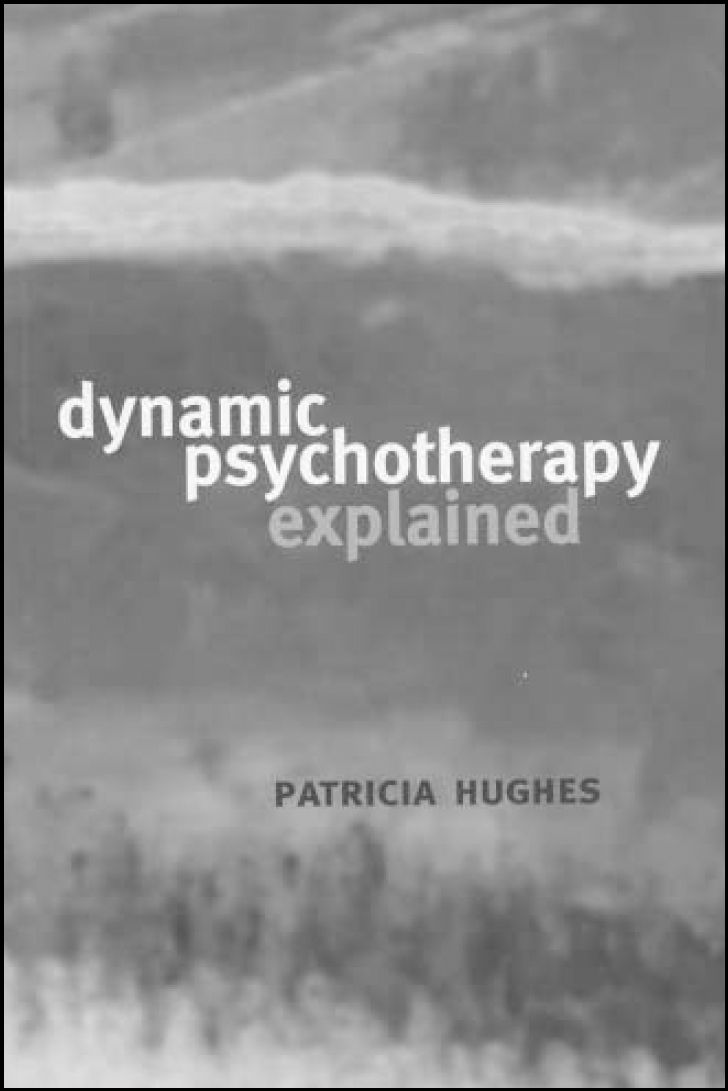This small and user-friendly book does exactly what it says on the cover. The author acknowledges that she herself felt the need for a straightforward introductory text when learning about psychotherapy. Anyone setting out to explore the jungle of theory and jargon that is the basis of psychoanalytic theory and practice will welcome this book. Dr Hughes has written the book that she needed, and as a consequence will doubtless meet the needs of many others.

At the heart of the book are two large chapters. One on the theory and one on the practice of psychodynamic psychotherapy. These could be a sufficient introduction in themselves, but they are set firmly in context by chapters underlining the essential links between psychodynamic, biological and social models of the mind. Psychodynamic thinking is thus placed centrally among other ways of understanding mental disorder. This clearly demonstrates the relevance of psychodynamic understanding to any psychiatrist, and indeed to all professionals who work with disturbances of thought, feeling or behaviour.
The book is clearly written and accessible, and includes additional help in the form of summary points clearly set out in boxes within the text. To say that this is an easy read would not be a criticism. It takes considerable knowledge and understanding, as well as the ability to communicate, to distil such a complex and off-putting subject into a brief, but informative book. I wish that this book had been available when I was a trainee, and I have already found it useful in my teaching. A valuable addition to the library of anyone who may have a use for the theory and practice of psychodynamic psychotherapy in their working life.





eLetters
No eLetters have been published for this article.